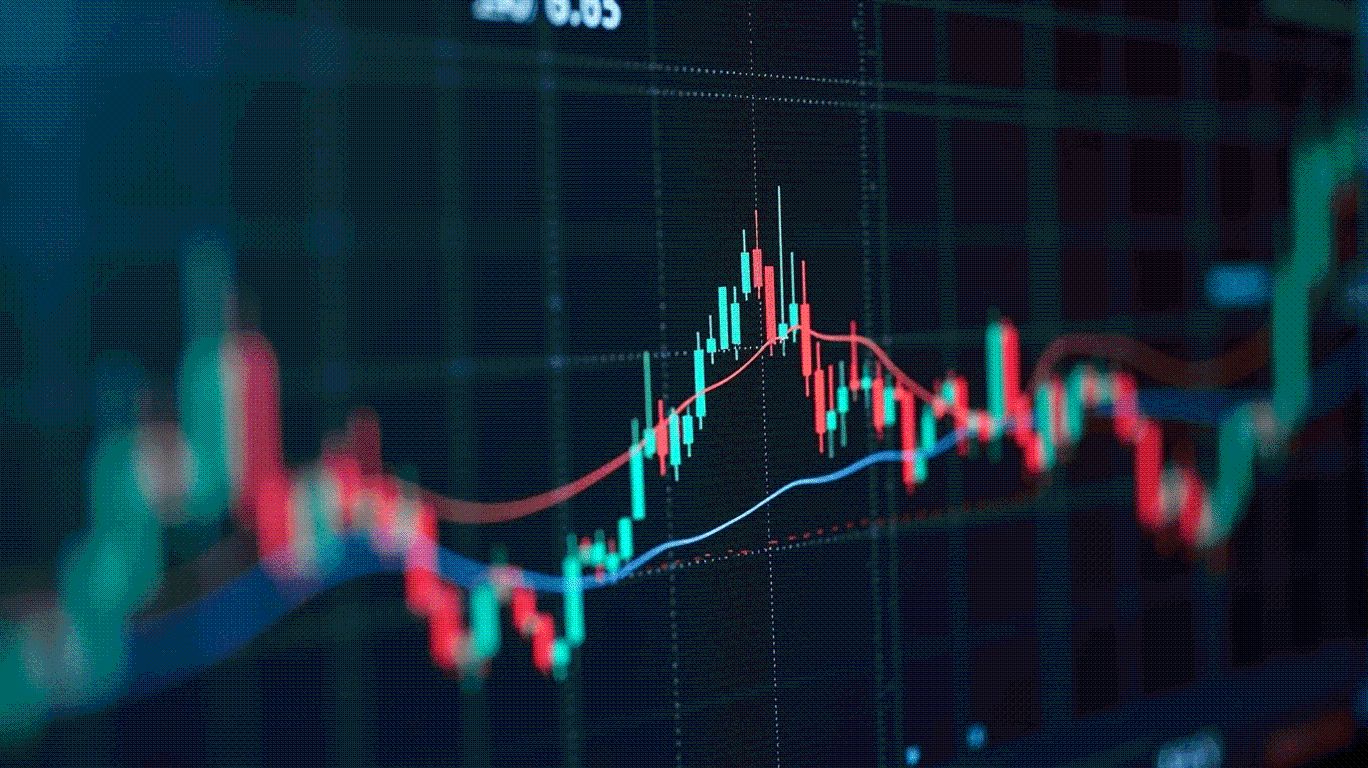Bitcoin and Ethereum ETFs Observe Notable Inflows
- Institutional reallocation boosts Bitcoin and Ethereum ETF inflows.
- Ethereum gains favor due to regulatory clarity.
- ETF inflows align with yield generation strategies.
Today, Bitcoin ETFs experienced a net inflow of 827 BTC, while Ethereum ETFs saw 96,402 ETH. Major institutional interest, driven by regulatory clarity and yield benefits, primarily stems from Goldman Sachs and BlackRock’s involvement.
Main Content
Bitcoin and Ethereum ETFs experienced notable net inflows from August 27 to August 28, 2025, with Bitcoin ETFs gaining 827 BTC and Ethereum ETFs 96,402 ETH, largely driven by institutional reallocation.
This event matters due to its reflection of increased institutional investment and market confidence, significantly impacting cryptocurrency valuation dynamics.
The latest data shows that 10 Bitcoin ETFs saw net inflows totaling 827 BTC, while 9 Ethereum ETFs amassed 96,402 ETH in the same period. This surge follows heightened institutional interest and strategic reallocations.
Entities like Goldman Sachs and BlackRock are influencing market dynamics by shifting attention towards Ethereum ETFs, attributed to regulatory clarity and better yield opportunities. Geoffrey Kendrick, Head of Digital Assets at Standard Chartered, remarked:
It’s now being priced like a mainstream asset class.
These financial institutions have played significant roles in past ETF activities, fostering asset management growth.
The crypto market continues evolving as major assets like Bitcoin and Ethereum experience price and value changes. Ethereum has reached an all-time high, exemplifying increased investor confidence and activity in yield-generating ETFs.
Shifts in market behavior signify broader implications for the crypto economy. Major institutions are reducing their exchange activities while elevating ETF-based holdings, creating opportunities across market segments.
Long-term trends indicate potential technological and regulatory developments reshaping the market environment. Establishing Ethereum as a mainstream asset introduces opportunities for investors aligning with modern investment and regulatory criteria.
Disclaimer: The content of this article solely reflects the author's opinion and does not represent the platform in any capacity. This article is not intended to serve as a reference for making investment decisions.
You may also like
Cardano's Governance Evolution: A Framework for Assessing Long-Term Value and Price Stability
- Cardano (ADA) strengthens governance with a three-tiered system requiring consensus from DReps, SPOs, and the Constitutional Committee, enhancing decentralization and stakeholder alignment. - U.S. regulatory recognition as a "mature blockchain" and commodity in 2025 boosted institutional trust, driving ADA into a $1.2B reserve and raising Grayscale ETF approval odds to 83%. - Governance-driven capital reinvestment accelerated Hydra scaling (100k TPS) and expanded stake pools to 1,200, positioning ADA to

The Legal Divide: How Jurisdictional Frameworks Shape Shiba Inu's Price and Institutional Trust
- Shiba Inu's 2025 price volatility highlights how legal frameworks shape crypto valuations and investor trust. - Common law jurisdictions (US/UK) face regulatory fragmentation, while civil law systems (Quebec/Germany) enforce structured transparency via codified disclosure rules. - Civil law regimes attract 40% more institutional capital by reducing information asymmetry through mandatory beneficial ownership registration and MiCA alignment. - Strategic investors prioritize civil law markets for stability

Solana vs. MAGACOIN Finance: A High-Stakes ROI Showdown in 2025
- Solana (SOL) and MAGACOIN Finance represent contrasting 2025 crypto strategies: institutional stability vs speculative presale growth. - Solana attracts $176M inflows with institutional backing, showing $195–$500+ price projections and 2022–2024 recovery resilience. - MAGACOIN Finance offers 50x–25,000% ROI potential via presale bonuses, 12% burn rate, and $1.4B whale funding but lacks historical downturn data. - Solana rewards long-term patience with 15–30% annualized returns, while MAGACOIN Finance dem

The Rise of Stablecoin-Driven Cross-Border Payments: How Circle and Finastra Are Reshaping the Financial Infrastructure Landscape
- Circle and Finastra integrate USDC into GPP platform, enabling instant cross-border settlements bypassing traditional banking networks. - USDC reduces intermediary costs by 70% and accelerates transactions from days to seconds, with $5 trillion daily processing potential. - Regulated frameworks like MiCA and GENIUS Act validate USDC's compliance, positioning it to capture $320B cross-border payments market by 2030. - Strategic partnerships with Mastercard and early adopters demonstrate scalable tokenized
